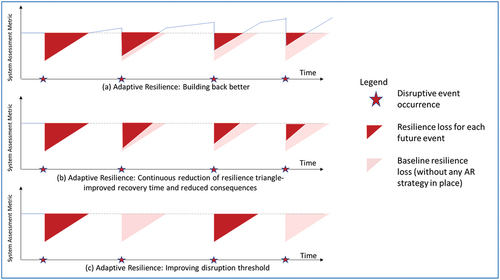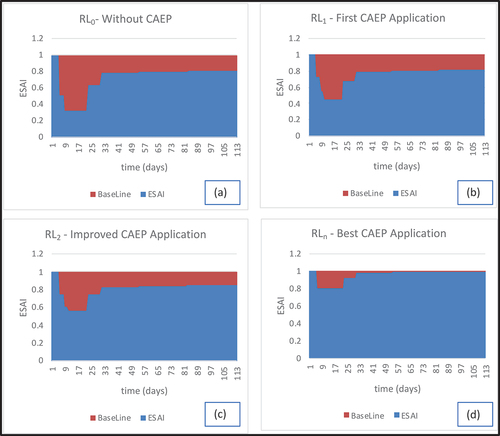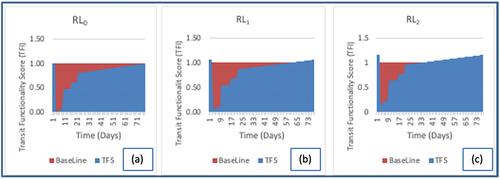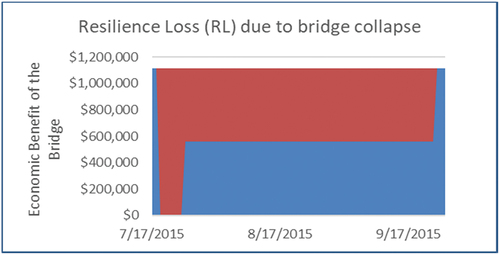Figures & data
Figure 1. Resilience triangle (Bruneau et al.Citation2003).
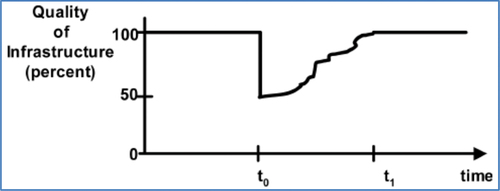
Figure 2. Seismic resilience triangle assessment comparing Oregon and Japan’s resilience (Yu et al., Citation2014).
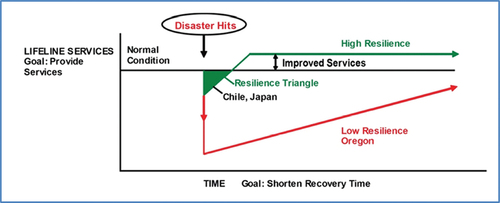
Figure 3. Resilience loss triangle for supply chain (Sheffi & Rice, Citation2005).
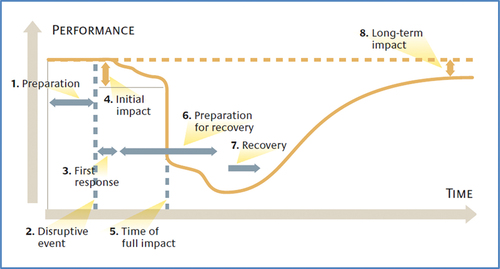
Table 1. MRT assessment steps- input.
Table 2. GEV parameters for the different SLR scenarios.
Figure 6. Expected resilience loss for each year in the assessment timeframe for each SLR scenario – CAEP.
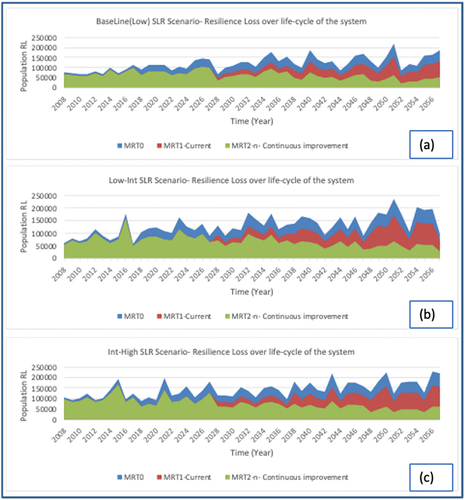
Figure 7. Total expected resilience loss over the time period of the assessment for each SLR scenario, and the expected RL across all scenarios.
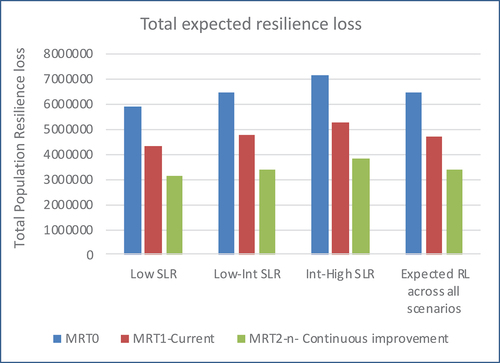
Table 3. MRT assessment steps: data inputs for transitgrid.
Table 4. GEV parameters for NJ hurricane wind speeds.
Figure 9. Expected resilience loss for each year in the assessment timeframe for each SLR scenario -Transitgrid.
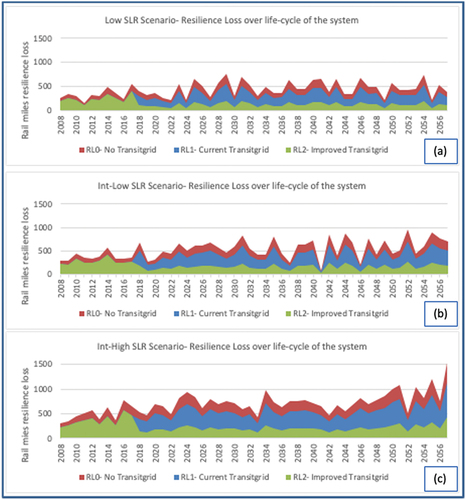
Figure 10. Total expected resilience loss over the timeframe of the assessment for each SLR scenario, and the expected RL across all scenarios – Transitgrid.
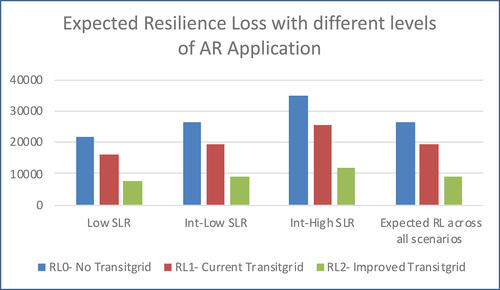
Table 5. MRT assessment inputs: Tex-Wash Bridge.
Table 6. DAP triggers and improved thresholds.
Table 7. Thresholds for static resilience strategies.
Figure 12. Expected resilience loss for each year in the assessment timeframe for each SLR scenario -Tex Wash Bridge.
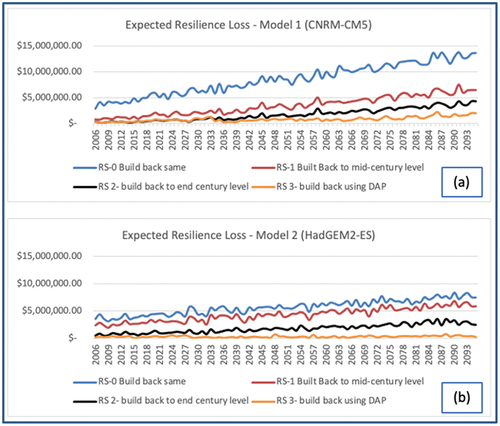
Figure 13. Total expected resilience loss over the time period of the assessment for each SLR scenario, and the expected RL across all scenarios – Tex Wash Bridge.
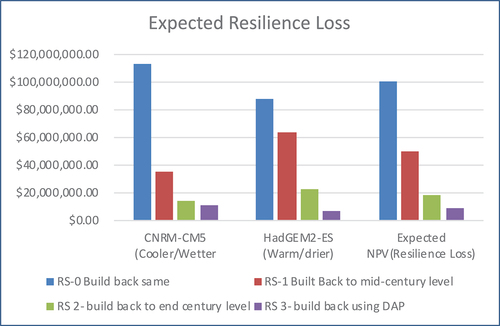
Table 8. Percentage reduction in expected resilience loss with different AR strategies across all considered scenarios.

